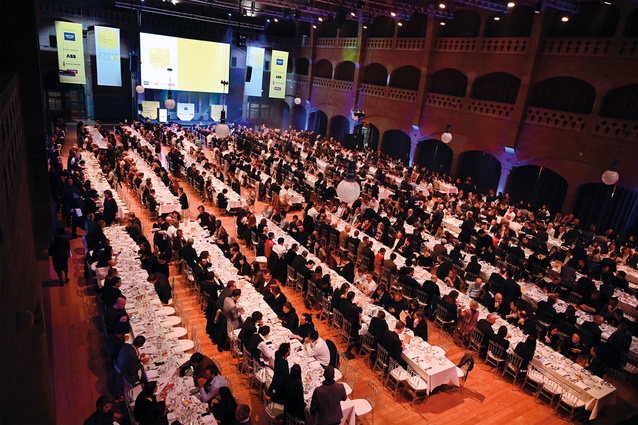Report from Amsterdam
Federico Monsalve was a judge at the recent Inside: World Festival of Interiors in Amsterdam. Here, he talks about the process and his observations.
The combined jury panel for both World Architecture Festival (WAF) and Inside: World Festival of Interiors was composed of nearly 150 architects, designers and academics from the world over. Some of the best-known practitioners included: Francine Houben, Lesley Lokko, James Timberlake, Christina Seilern, Peter Cook, Tom de Paor, Alison Brooks, Sanjay Puri, Aaron Betsky, Nigel Coates and many more.
WAF and Inside took place within the same venue and the 15 crit rooms were dotted around Amsterdam’s RAI. The process is simple: each finalist has 10 minutes to present their project with the help of images, plans and multimedia to get their point across. Those presentations are then followed by 10 minutes of questions from a jury panel comprising two to four members. Each of the crit rooms is reserved for an individual competition category, meaning that, throughout the day, all the finalists for that specific category present there and audiences are free to come and go between rooms, selecting the projects they wish to delve into the most.
Audience sizes varied significantly with the larger firms with projects that had already garnered media coverage attracting the bigger crowds.
Likewise, jury styles were considerably varied with some jurors opting for hard questioning while others preferred a more amicable line of enquiry that sought clarification and description over deeper explanations of design intent, process or the like. Personally, I was part of a three-person panel that included Katelin Butler, editorial director at Architecture Media, and Mike Stiff, founder of London’s Stiff + Trevillion. We were tasked with choosing the best office interior from a pool of 16 finalists from nine different countries.
As is the norm in these sorts of competitions, some presentations were better than others. Language barriers sometimes proved costly; other times, the messaging had not been properly fine-tuned for its audience. As this is an award that relies heavily on photography, there were also some entries that failed to deliver their points across through imagery and the divide between rationale and visual communication let them down. Although the Q&A session did allow jurors to delve more deeply in areas where the images failed, there were still a few gaps that could not be filled with words alone.
Projects ranged from modest, temporary renovations aimed at creating branding touch points within existing spaces through to large, custom-made new builds. Budgets, materials and contexts were wide-ranging yet, if one were to find a commonality, it was the knowledge that these were spaces made, first and foremost, to be inhabited by humans; hence, they are to seek their well-being rather than to be purely machines for profit enhancement or staff monitoring. Within our category, there was an overarching sense that designers of workplace interiors are being driven by the human rather than the purely functional, motivated by staff retention and well-being rather than just by margins. There were exceptions, of course.
The quality of work in Asia was commendable, with some of the smaller firms achieving glimpses of poetry within the rapidly changing urban centres of these megalopolises.
The zeitgeist was well represented here: flexible ways of working, community-building and an understanding of wider cultural contexts were high on many people’s agendas.
Yet, beyond the commonalities, it was the differences that seemed, to me, the most rewarding of this judging exercise: to see projects that are not as constrained by health and safety parameters as they would be in New Zealand, to witness interiors blatantly seeking to portray class aspiration or status signifiers and to hear presentations from countries where sustainability has yet to be part of their vocabulary, were all refreshing (not always commendable but refreshing in their uniqueness).
That, alone, makes the World Architecture Festival worthwhile: as a platform from which to hear other voices and explore ideas from remote corners that might seem challenging, and to have the chance to ask questions and be granted alternatives to your own ways of seeing.












